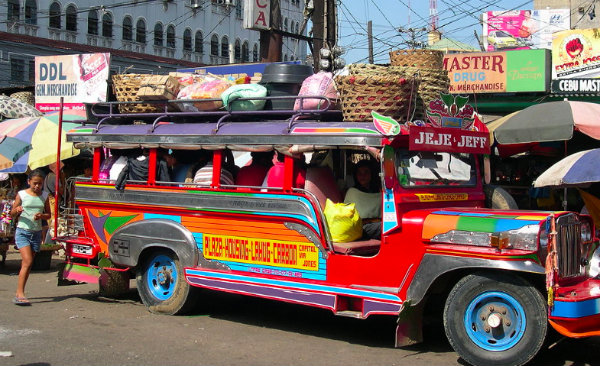It’s the beginning of the end for old-school jeepneys.
The Philippine government started its modernization program for jeepneys and other public utility vehicles (PUV) yesterday when it flagged down more than 250 drivers of old vehicles.
After being cited by the Interagency Council on Traffic, the drivers are expected to go to the Land Transportation Office within 24 hours.
The modernization program, also known as the Tanggal Bulok, Tanggal Usok (Get rid of the old, Get rid of the smoke) project, aims to get rid of vehicles on the road that are more than 15 years old and replace them with newer versions.
The Philippine Daily Inquirer reported that of the 200 vehicles cited yesterday, at least 123 vehicles — mostly jeepneys — were caught smoke belching while about 130 had defective parts.
The first part of the PUV phaseout will be held in EDSA, Commonwealth Avenue, Quezon Avenue, and Marcos Highway.
The government sees jeepney modernization as a way to lessen traffic problems caused by mechanical breakdowns and help the Philippines reduce carbon emissions and meet its environmental goals.
But jeepney drivers and operators are not happy about that change.
They led multiple transportation strikes last year opposing the modernization because they think to buy new jeepneys, budgeted at PHP1.4 million (US$27,873.70) each, will cost too much even with the financial aid the government plans to provide.
Still, the government did not budge. In December 2017, the Department of Transportation (DOTr) said that the planned modernization will push through and start this month, and yesterday’s crackdown is the first sign of that.
According to a report on The Philippine Star, DOTr Undersecretary Thomas Orbos said the jeepney phaseout will happen in a span of three years.
Apart from being the most common mode of public transportation in the Philippines, jeepneys are also seen as a symbol of Philippine culture.




